Six months since a devastating series of earthquakes hit southern Türkiye and northern Syria, the lenses of these photographers show that the road to recovery is long and difficult.
The New Humanitarian asked four Syrian photographers living in the rebel-held northwest — a part of the country hit particularly hard by the disaster, and already in the midst of devastating poverty, mass displacement, and rising hunger — to capture what the months since the quakes, which killed more than 50,000 people and injured more than 100,000 across both countries, have looked like for them.
They chose to feature physiotherapists helping the injured, a newly opened orphanage for children who lost their parents in the quakes, the difficult living conditions for women in camps, and the construction of a new housing project for people who lost their homes in the disaster.
Their lenses don’t just show destruction, but also the hard work that has been part and parcel of the aftermath of the quakes. This includes dedication from healthcare workers and survivors, aid workers, builders, and the labour that often falls to women — frequently unseen, ignored, or unvalued — of carrying water and taking care of their families in the midst of a severe heatwave.
The UN says the dire situation in northwest Syria is likely to be made worse by low levels of aid funding and the Security Council’s July failure to renew a resolution that allowed the UN to bring aid from Türkiye to the rebel-held territory through a key border crossing without the permission of Syrian President Bashar al-Assad.
For now, the UN and its partners are relying on aid supplies that were already in the northwest, and on two additional border crossings that al-Assad temporarily opened after the earthquakes.
These are some of the photos taken by Abd Almajed Alkarh, Moawia Atrash, Abdul Razzaq al-Shami, and Laith Doghim, with captions in their own words. Check back here throughout the week to see more photos of what life looks like on the ground half a year after the quakes, and to hear the photographers speak about their work.
“This orphanage in Idlib city is the first of its kind. It was opened for children who lost their parents in the 6 February earthquakes.” – Abd Almajed Alkarh
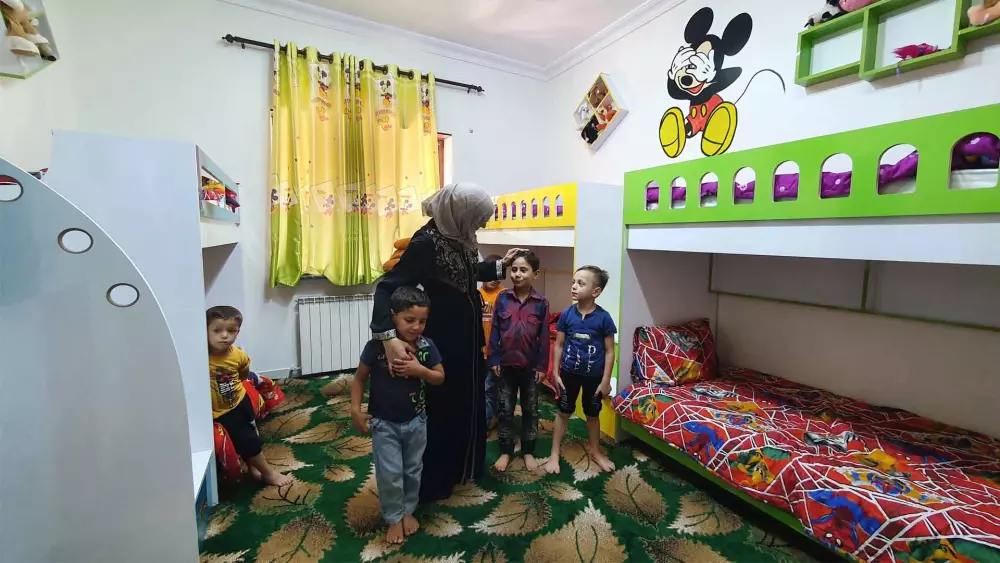
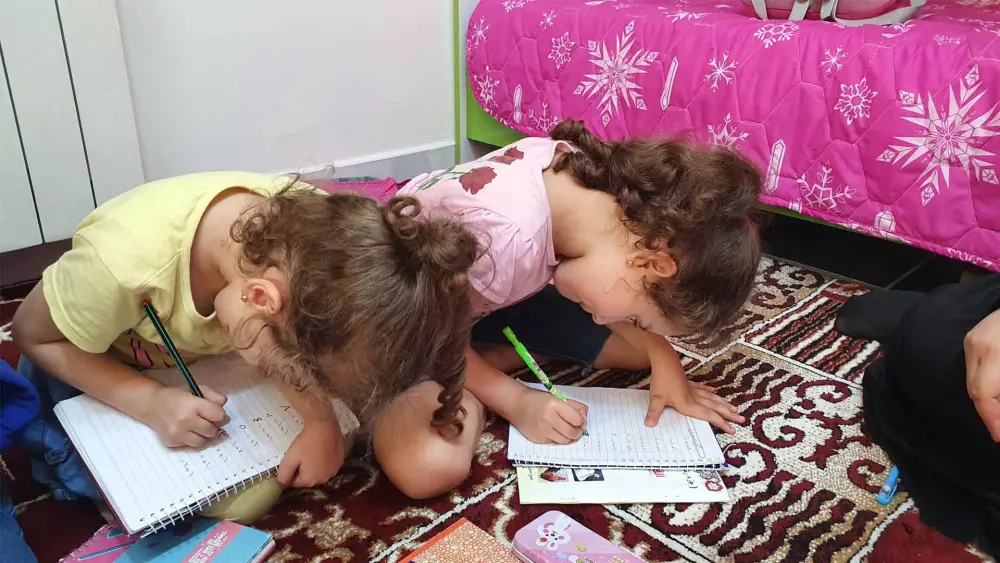
“Six months since the devastating earthquakes that struck southern Türkiye and northwest Syria, an NGO called Molham Volunteering Team, which works [with both Syrian refugees] and communities inside northern Syria, is in the midst of building a new housing project [for people impacted by the earthquakes] in Idlib province's Harim district.” – Moawia Atrash
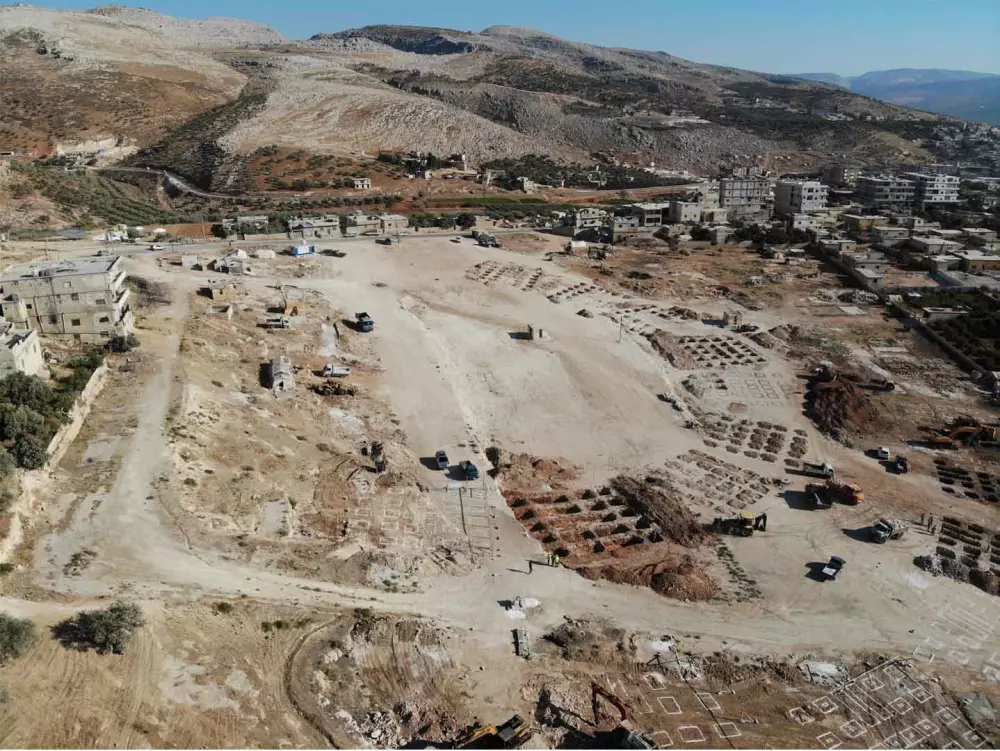
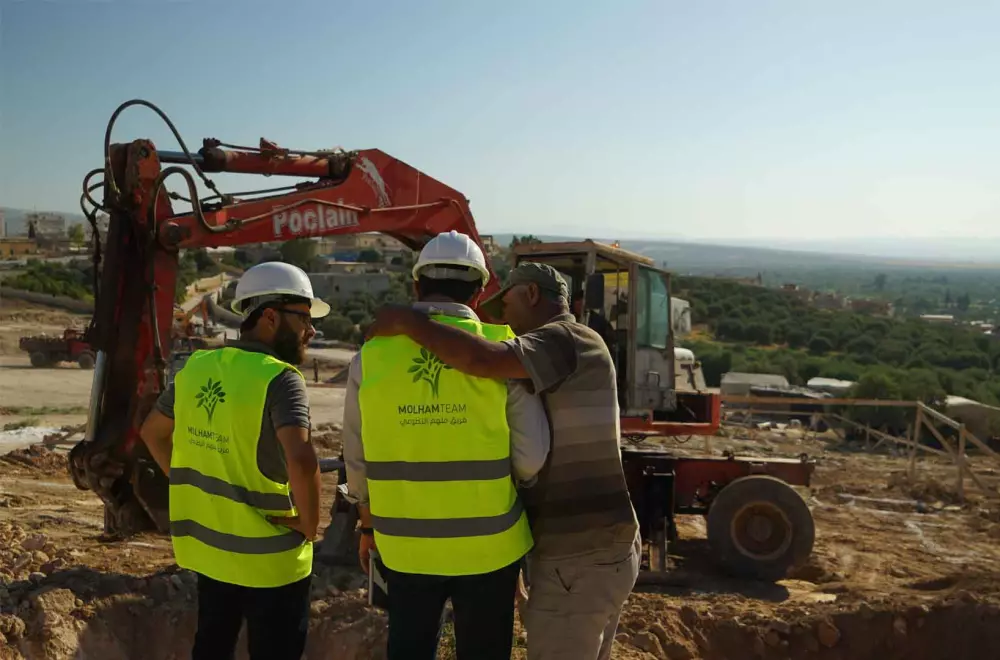
“As a result of water shortages in the camps, women have to carry water to and from tents, under the scorching sun. Food aid is not as readily available as it was [immediately after the earthquakes] The tents are so close together that they do not provide privacy.” – Laith Doghim
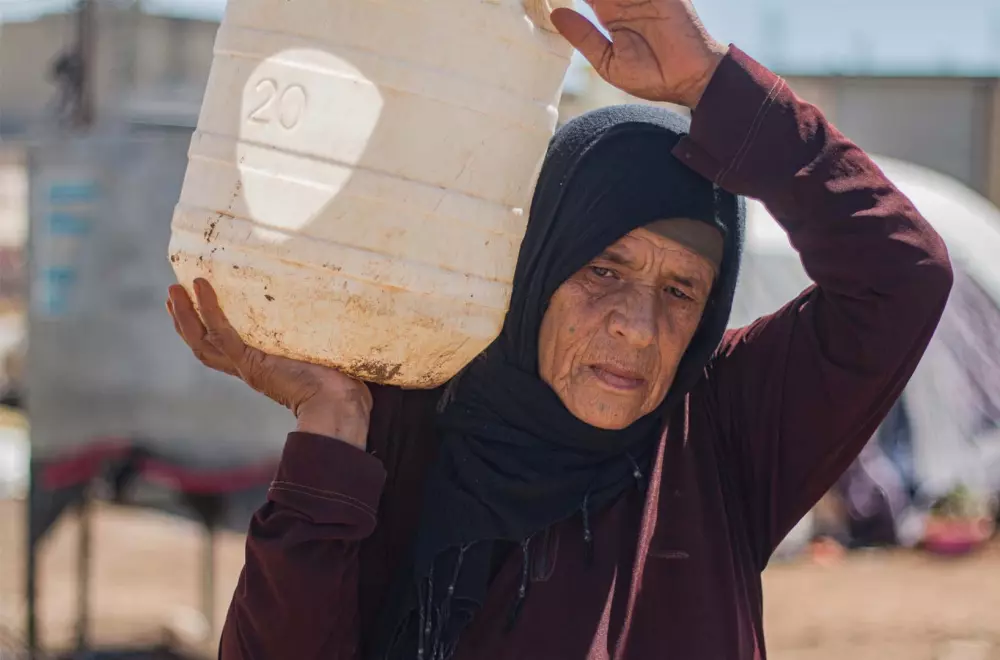
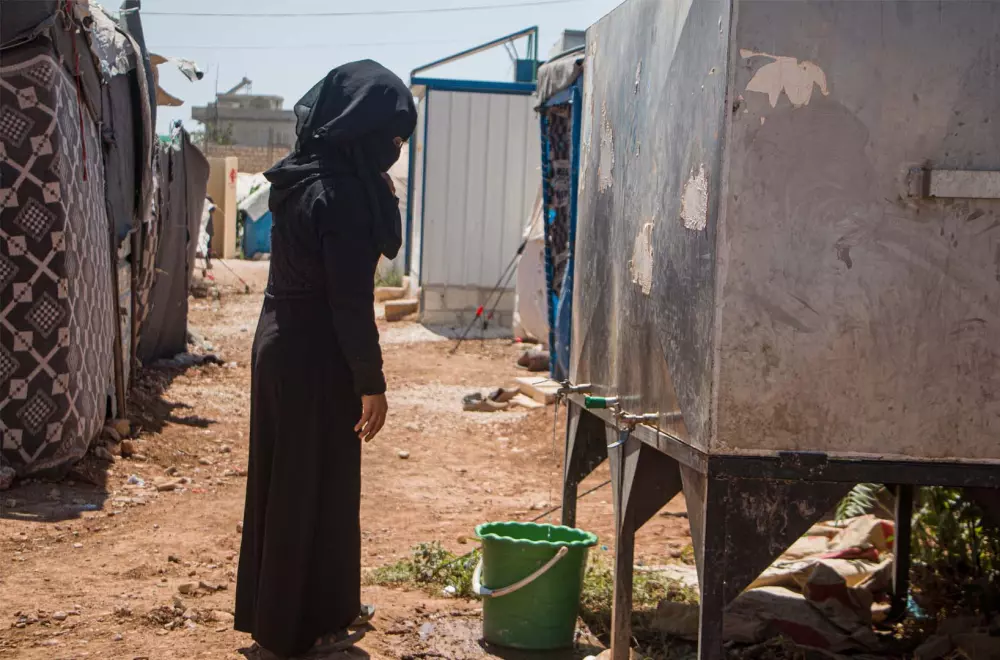
“These photos show a new specialised centre for physiotherapy, part of a project that cares for people who had limbs amputated or crushed and severely injured in the earthquakes… There are also six mobile teams that treat the injured, travelling to wherever they live.” – Abdul Razzaq al-Shami
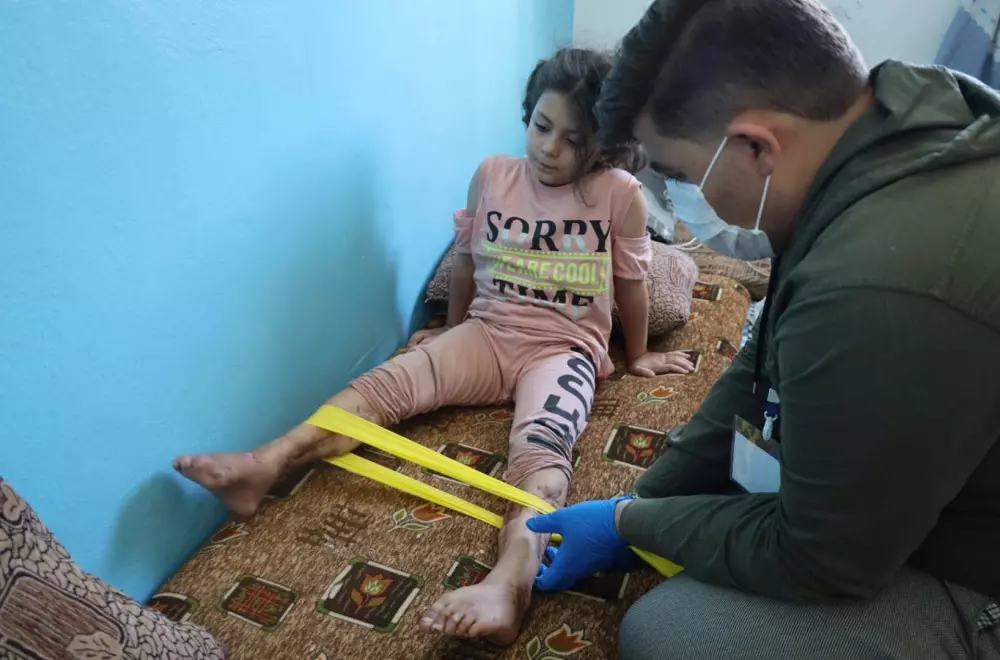
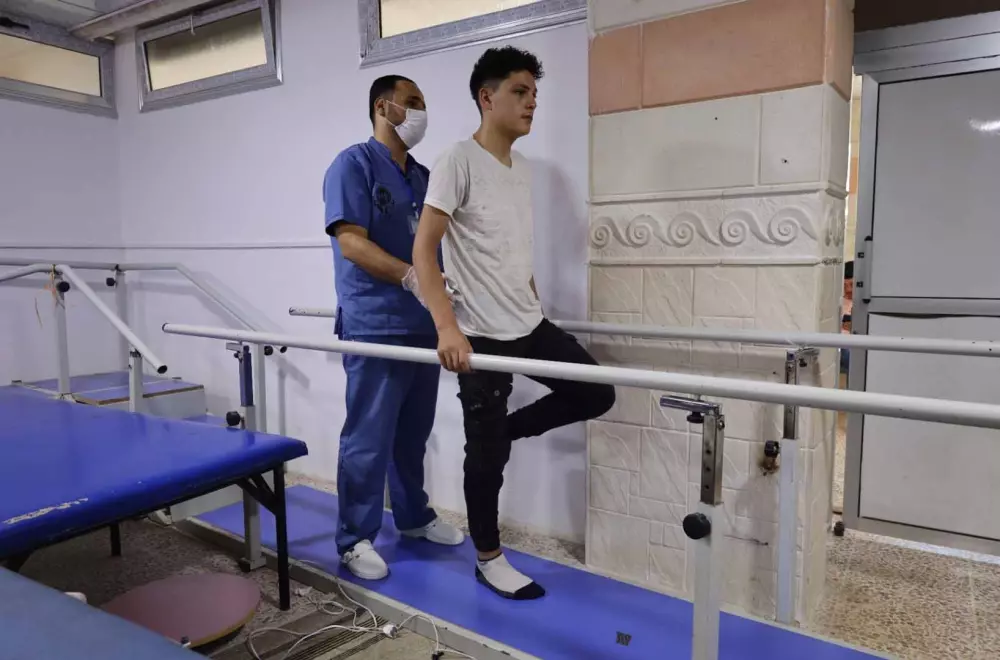
This project was funded by the H2H Network’s H2H Fund, which is supported by the Disasters Emergency Committee (DEC) and the Foreign Commonwealth and Development Office (FCDO).
Edited by Ciara Lee and Annie Slemrod.








